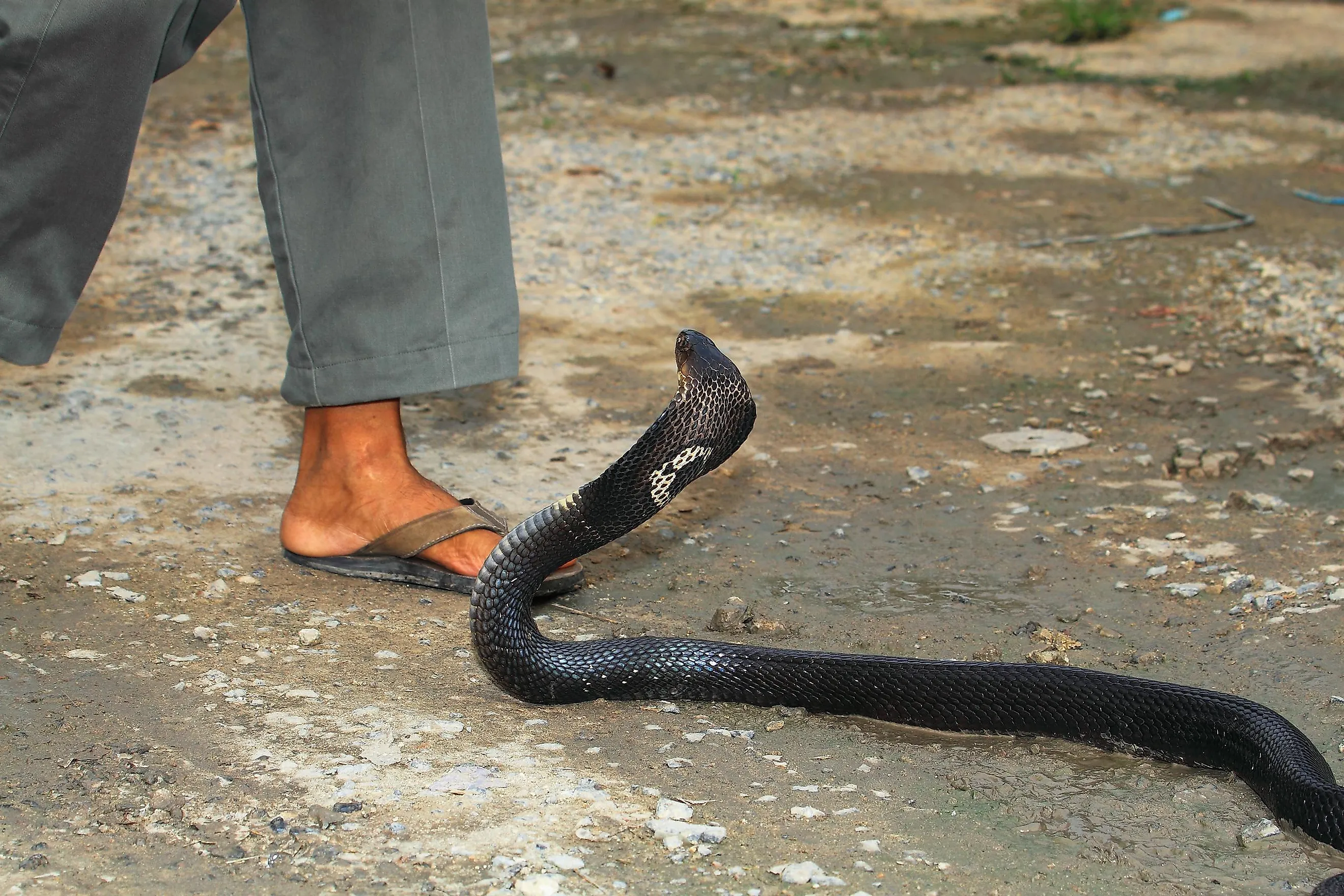
10 Animals That Kill The Most Humans
Humans undoubtedly occupy the top of the food chain, regardless of where we roam. Though we aren't particularly strong or fast, we have no sharp teeth or claws. We naked apes lack any built-in protection from the elements but have established an ecological dominance (for better or worse) due to innovative cultural practices, nature-defying technologies, and an innate drive to push past boundaries. But with that said, there are plenty of animals that are still a threat to human life. Some of these creatures pose a passive risk - acting as unknowing vectors for deadly diseases; while others may kill as an act of self-defense. Then there are classic predators, hunting whatever sources of meat are attainable in times of need, and finally, there are cases of flat-out malice that are difficult to comprehend. Here are some of the main culprits to watch out for based on the number of humans killed per year:
1. Mosquitoes (~ 1,000,000 deaths)
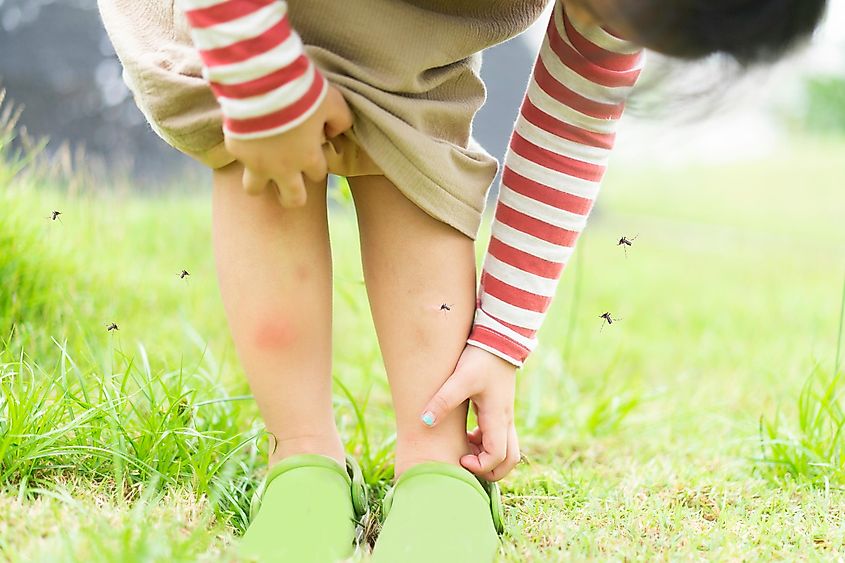
Despite being far smaller than most other animals, mosquitoes are responsible for around 1,000,000 human deaths each year more than any other creature.These swarming yet stealthy insects have proven to be more than just an annoyance to the human race. In some parts of the world, female mosquitoes (the ones that do the biting) do not just leave behind an itchy red lump, but sometimes also diseases such as dengue, West Nile, yellow fever, Zika, chikungunya, lymphatic filariasis, and the big one: malaria. Each year, somewhere around 725,000 to 1,000,000 people die from mosquito-borne diseases.
It is also estimated that as many as 50 billion humans may have succumbed to this infamous insect throughout our long lineage as a species. So beware of the global trends, and take appropriate steps to avoid getting bitten while traveling in high-risk areas. They may not instill a primal fear like that of giant predators, but mosquitoes are no trifling matter.
2. Humans (~ 475,000 deaths)

We are perhaps our own worst enemies. Though our propensity to kill one another has thankfully diminished over the centuries (and particularly following the World Wars), we still pose a greater danger to each other than any other animal, with the debatable exception of the mosquito. Depending on what factors are considered, the notion of the deadliest animal could certainly be an intraspecies issue. For instance, in 2019, 415,180 people died from homicide. Another 62,985 were killed in armed conflicts. In addition, over 10,000 were killed in acts of terrorism. If one were to include car crashes (which killed 1.2 million people), and transmittable diseases (which generally kill several more millions), then all of a sudden, humans significantly surpass the mosquito in any given year (though likely still fall far short of the all-time estimated tally). And finally, it may also make sense to include deaths by suicide, which in 2019 amounted to a devastating figure of 759,028 people.
3. Snakes (~ 50,000 deaths)
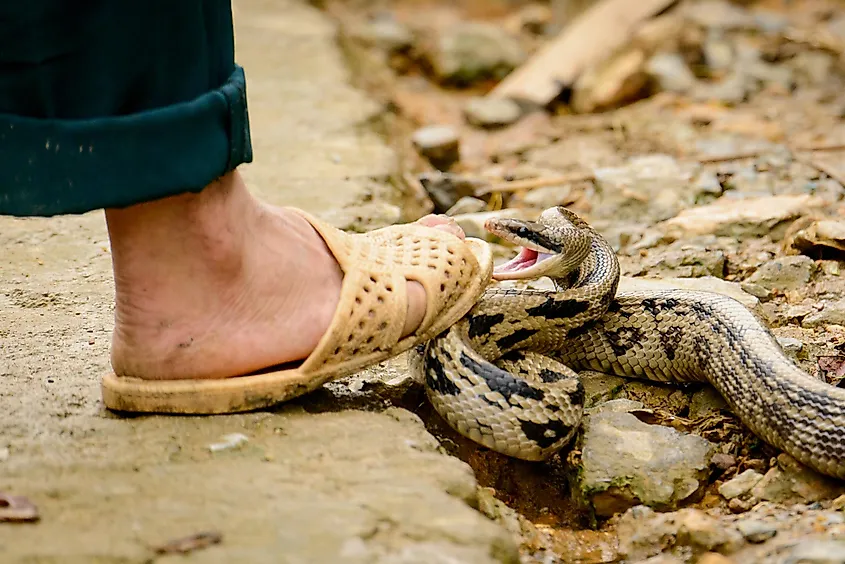
The first entry on this list that likely aligns with the average connotation for "deadliest animals" is the snake. Venomous serpents slither into our dreams, cultural myths, and everyday environments (for some). The World Health Organization estimates that anywhere from 81,000 to 138,000 people succumb each year as a result of snake bites - though the numbers are likely even higher due to reporting issues. Whatever the true figure, these victims are largely residents of developing countries and often members of smaller villages far from medical facilities and the necessary anti-venoms. The most serious offender is the saw-scaled viper (Echis carinatus). Though only 10% of its untreated bite victims wind up dying, this small snake is highly aggressive and therefore racks up a bigger kill count than all other snakes combined. The eight species of saw-scaled vipers can be found North of the Equator, throughout Africa, Arabia, Southwestern Asia, India, and Sri Lanka.
4. Dogs (~ 25,000 deaths)

Dog lovers will be disappointed to hear that an estimated 25,000 people are killed yearly because of certain not-so-cuddly canines. While a small number of people die as a result of the attacks themselves, the vast majority of victims pass away from a resulting infection with the rabies virus. This is most often the case in places with large numbers of stray dogs.
5. TseTse Flies (~ 10,000 deaths)
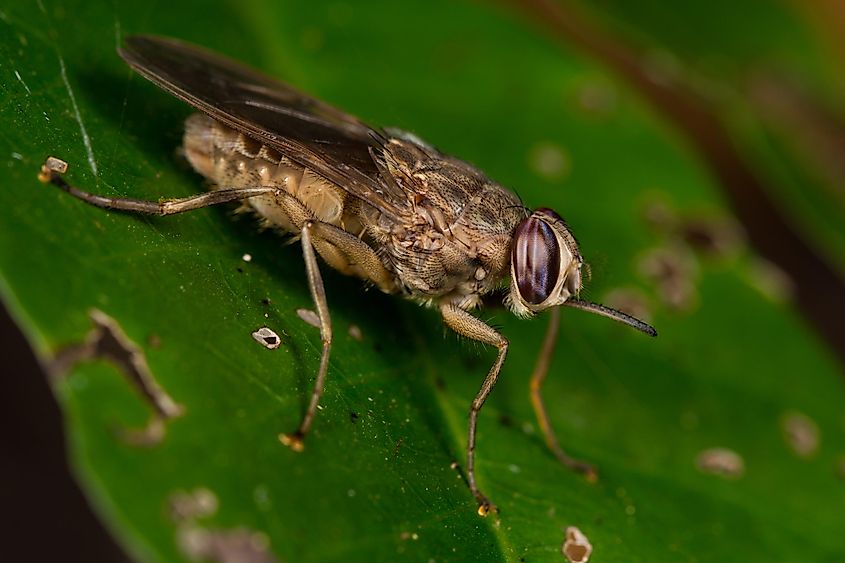
After dogs, the next five animals are small and relatively unassuming, perhaps making them more dangerous. Tsetse flies throughout Africa are carriers of the parasite that causes the sleeping sickness disease and are responsible for 10,000 reported deaths each year. This disease affects sub-Saharan Africa, particularly in rural and undeveloped areas where people rely on livestock which can also become infected. The danger of this disease is that it can often go undetected until it is too late.
5. Assassin Bugs (~ 10,000 deaths)
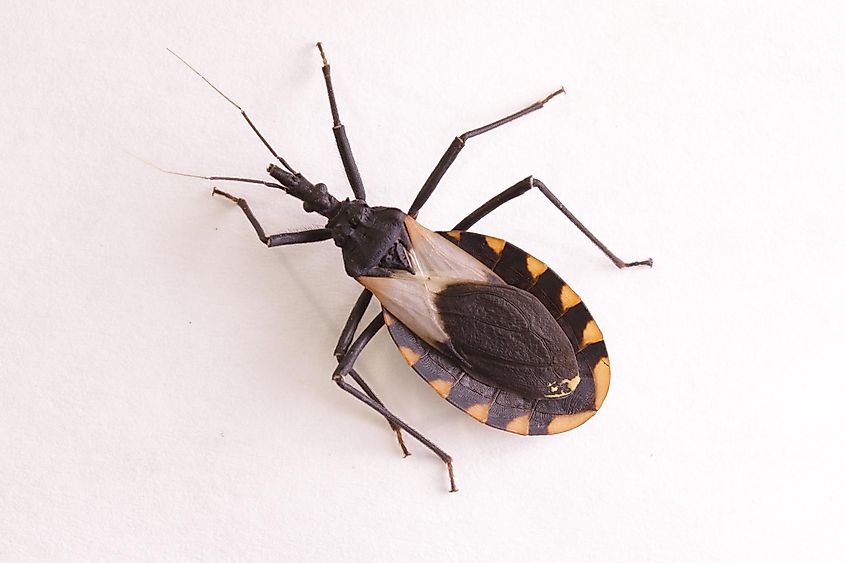
Assassin bugs, also known as Kissing bugs, are attracted to lights in homes where they find their prey, humans. These bugs bite people spreading the parasite that causes Chagas disease. The chagas disease leads to major organ failure and kills 10,000 people yearly.
5. Freshwater Snails (~ 10,000 deaths)
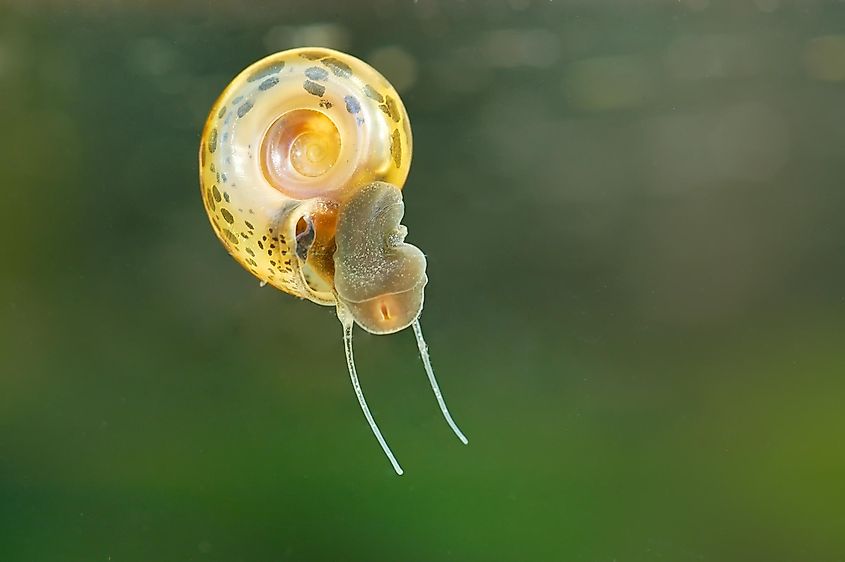
Another 10,000 lives are lost to freshwater snails, which carry another type of parasite. Infected snails can pass along schistosomiasis to humans, which causes flu-like symptoms, blood vomits, and leg paralysis. All of these parasites have increasingly spread to wider areas due to the rise in global climate change and increasing populations that lead to unsanitary living conditions.
8. Ascaris Roundworm (~ 2,500 deaths)
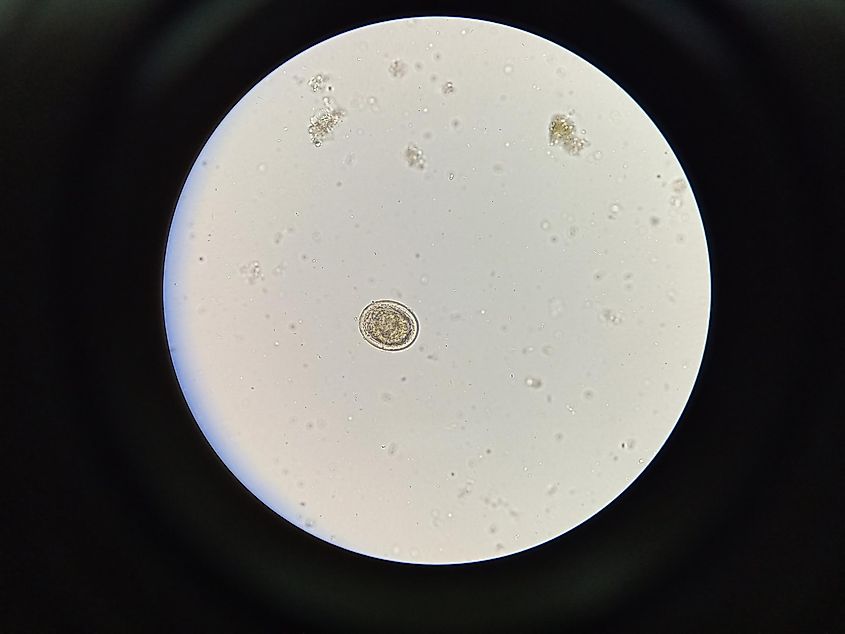
These creepy-crawlies are responsible for at least 2,500 deaths a year. These worms cause ascariasis, primarily an infection of the small intestine. The disease is transmitted through the accidental ingestion of roundworm eggs.
9. Tapeworm (~ 2,000 deaths)
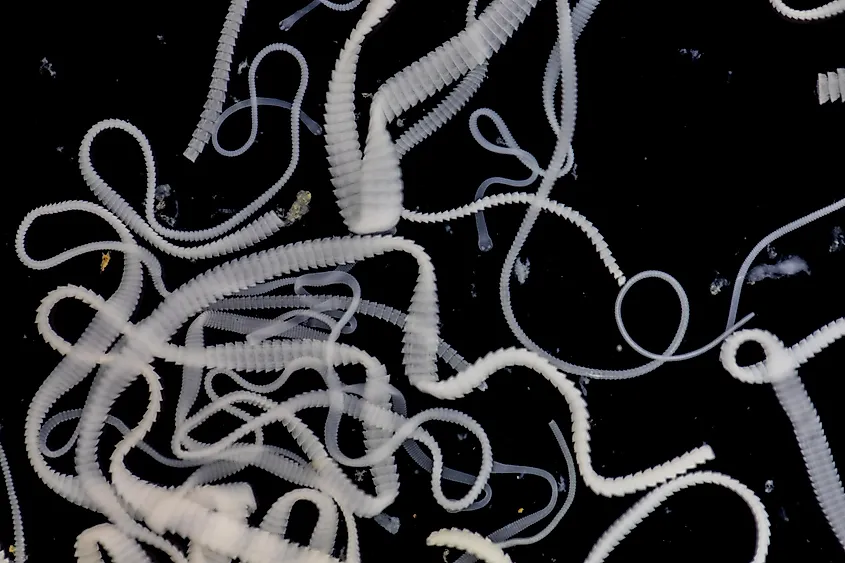
Tapeworms of various species cause a parasitic infection called taenisasis in humans. Eating raw or undercooked meat (pork or beef) might be a source of this infection. Symptoms are usually mild or nonexisten but can be lethal in extreme cases when it leads to cysticercosis or infection of the brain.
10. Crocodiles (~ 1,000 deaths)
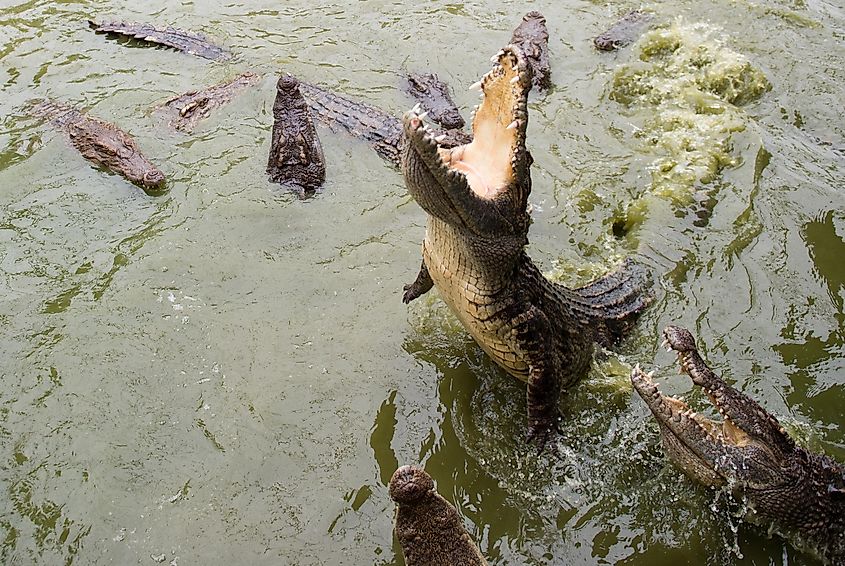
The deadliest apex predator for human beings is the crocodile. These impressively large carnivores represent a living link to the age of the dinosaurs (they are the descendants of archosaurs from the Mesozoic era) and have spectacularly violent capabilities to show for it. There are 13 species of crocodiles (from the order Crocodilia), all of which can be found in the tropical regions of Africa, Asia, Australia, and North and South America. Around 1,000 people are killed each year at the jaws of opportunistic crocodiles. But once again, exact numbers are difficult to calculate due to the small, often isolated areas where fatal encounters occur. It is, therefore, likely that this figure is even higher.
Creatures of wildly different shapes, sizes, and domains can present a multitude of threats, whether they mean to or not. Most of the time, animals just want to do their own thing and steer clear of humans. But sometimes, if in the wrong place, at the wrong time, things can take a turn for the worst. The key is to be informed of the potential risks and prepared for eventualities. Beyond that, the continued expansion of medical care to communities in need promises to reduce some of the deadliest scenarios.
| Rank | Animal | Number of People Killed Per Year |
|---|---|---|
| 1 | Mosquito | 1,000,000 |
| 2 | Human | 475,000 |
| 3 | Snake | 50,000 |
| 4 | Dog | 25,000 |
| 5 | Tsetse Fly | 10,000 |
| 5 | Assassin Bug | 10,000 |
| 5 | Freshwater Snail | 10,000 |
| 8 | Ascaris Roundworm | 2,500 |
| 9 | Tapeworm | 2,000 |
| 10 | Crocodile | 1,000 |
| 11 | Hippopotamus | 500 |
| 12 | Elephant | 100 |
| 12 | Lion | 100 |
| 14 | Wolf | 10 |
| 15 | Shark | 10 |











